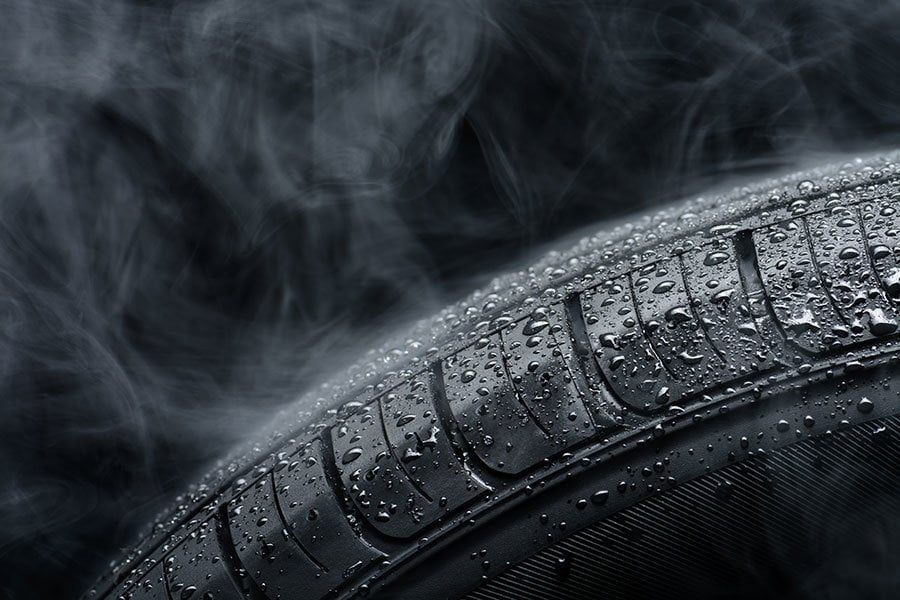Symmetric vs. Asymmetric Tires: Which One is Right for Your Vehicle
Share this article:

While you may be preoccupied with the upkeep of the mechanics of your car, you may not be paying attention to your tires, which could completely alter the performance of your vehicle. The type of tread on your tires has a hand in shaping everything from gas mileage to functionality in wet or snowy weather. However, many people are not aware this makes a difference. Depending on your driving habits and where you live, you have a choice between symmetric and asymmetric tires, and we’re going to help you decide which one is right for your vehicle.
Symmetric Tires
Symmetric treads are exactly what you would think they are: the same pattern across the whole tire. These are usually the kinds of tires you’ll find on standard issue cars from the dealership, but that’s not to say they have the short end of the stick. Symmetric tires are quiet and smooth, and they can be rotated in many different ways to prolong their lifespan, making them highly versatile. However, they’re not meant for high-performance driving. Their functionality meshes well with “regular” passenger cars, which is what most people are normally driving anyway so symmetric tires would be a solid choice for your vehicle.
Asymmetric Tires
Exactly the opposite of what was previously discussed, asymmetric treads have different patterns on the inner and outer sides of the tire. You can typically find them on sports cars, but drivers in wet and wintry weather conditions often equip them because asymmetric treads offer more weather versatility. The inner portion of the tire assists the vehicle with gripping the road in poor weather, and the outside has large tread blocks for maximum cornering capabilities. Although this sounds like a more worthwhile option, these tires don’t last nearly as long and can’t be rotated in as many ways as symmetric tires.
Which One is Right?
Both asymmetric and symmetric tires are excellent options. They each have different abilities and areas they excel in, so oftentimes it’s up to you, your own driving habits, and the climate in which you live. However, there is a way to have the versatility of asymmetric and the life expectancy of symmetric all in one tire. Experts say directional asymmetric tires are the right choice for your vehicle because the treads utilize directional tires’ v-pattern to guide water out, and asymmetric tires’ dry ground traction. For more information regarding
directional tires
and other tread patterns, check out a recent post from our team.
When it comes to deciding whether asymmetric or symmetric tires are right for your vehicle, ultimately it comes down to the way you drive and your own preferences. For a professional opinion on what choice you should make or to get the tires installed, visit a body shop you can trust like
Wrecktify Collision & Repair.
Connect with us:




